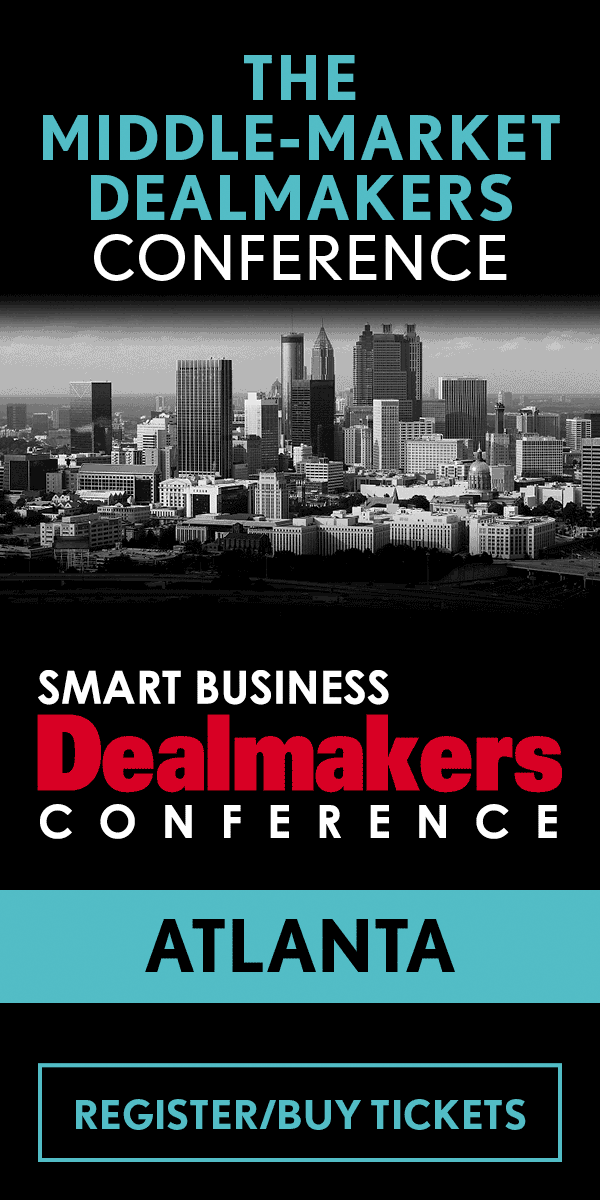Investing in a restaurant sounds glamorous, doesn’t it? And that’s become truer as TV depicts chefs as rock stars.
Veteran restauranteur Craig Barnum, who raised capital for his first restaurants more than 20 years ago, paints a different picture — one where there are no clear assets or exit timelines.
“It’s not for the weak-hearted, but if you’ve got the right team, the right location and the right concept, you can be successful,” says the president and managing partner of CLB Restaurants, which owns six Matt the Miller’s Taverns, and Tucci’s in old Dublin.
Barnum fell in love with the industry when his uncle, Todd Barnum, was president and CEO of Max and Erma’s Restaurants, and he’s raised funds for about 10 restaurants in the years since.
Barnum gives us an insider’s look at raising capital in the restaurant industry.
Limit the risk
Barnum first raised money in 1997 for Tucci’s and Brazenhead Irish Pub, two restaurants that he helped develop. He put a prospectus together with his two partners to raise, in both businesses, about $650,000.
“I was the relationship person,” he says, noting that he needed to solicit minimum investments of at least $10,000 from private investors.
Banks might require 25 or 30 percent private money on the table before they’ll put in funds. They are careful, Barnum says, because they know they don’t have an asset on their hands when the restaurant closes — unless you own the real estate, which isn’t typical.
When he started out, each restaurant was its own limited liability company; so, if one failed, it didn’t affect the others.
“Five years ago, we consolidated all the Matt the Miller’s under one holding company because the bank — in order to give us some serious money to grow — had to have their arms around all the assets,” Barnum says.
Barnum is a proponent of structure and planned growth, especially when operating in today’s tough market. It’s competitive, he says. Real estate is expensive. Rental rates are up. The labor market is tight.
“I’ve closed a restaurant and severed a handful of long-time relationships because the restaurant closed,” he says. “It closed for many different reasons. But I think through experiences those you become humble, and you realize that maybe you’re not as smart as you think you are.”
It might have been due to poor due diligence, or the wrong lease structure or location, but it definitely puts things in perspective, he adds.
Who invests?
Because restaurants are such a unique investment, it takes a unique investor.
“Most investors, on a small scale, invest in a restaurant because they see themselves going to that restaurant,” Barnum says. “So, they like the concept. They live relatively close. You can take care of them when they come in. You can give them priority seating. You can give them a discount investor card.”
Those investors become ambassadors. They tell their friends and bring customers in.
The payback schedule for the initial investment can be five to 10 years, and Barnum typically tells investors that they’re in it for the life of the restaurant.
“The downside to the restaurant investment — and not all are like this, but some are — is there is no exit,” he says. “When somebody writes a check for a restaurant investment, they’re in the for the long haul. You don’t call your broker and say, ‘Cash these stocks in.’ That’s not how it works. You’re in it forever, unless there’s something written in the business agreement where there is an actual equation that allows for the owner to buy you out. Some have it. Some don’t.”
Although private investors are usually silent partners, Barnum says that can change when things don’t go well. “The better you operate, the more successful you are and the less you’re going to hear,” he says.
Embrace the bumps
It’s important to remember that no matter how successful the concept is, it won’t survive forever. Restaurants come and go — that’s the way the industry works. So, once investors get their initial investment back, their next question is always: When do you think you’re going to sell the company?
Barnum can think of 30 examples where he’s asked himself: Why am I in this business? But there’s a reason he’s still around, even if very few things surprise him anymore.
“It’s been, for the most part, a lot of good relationships, and it’s been fruitful,” he says. “But there have definitely been bumps.”




